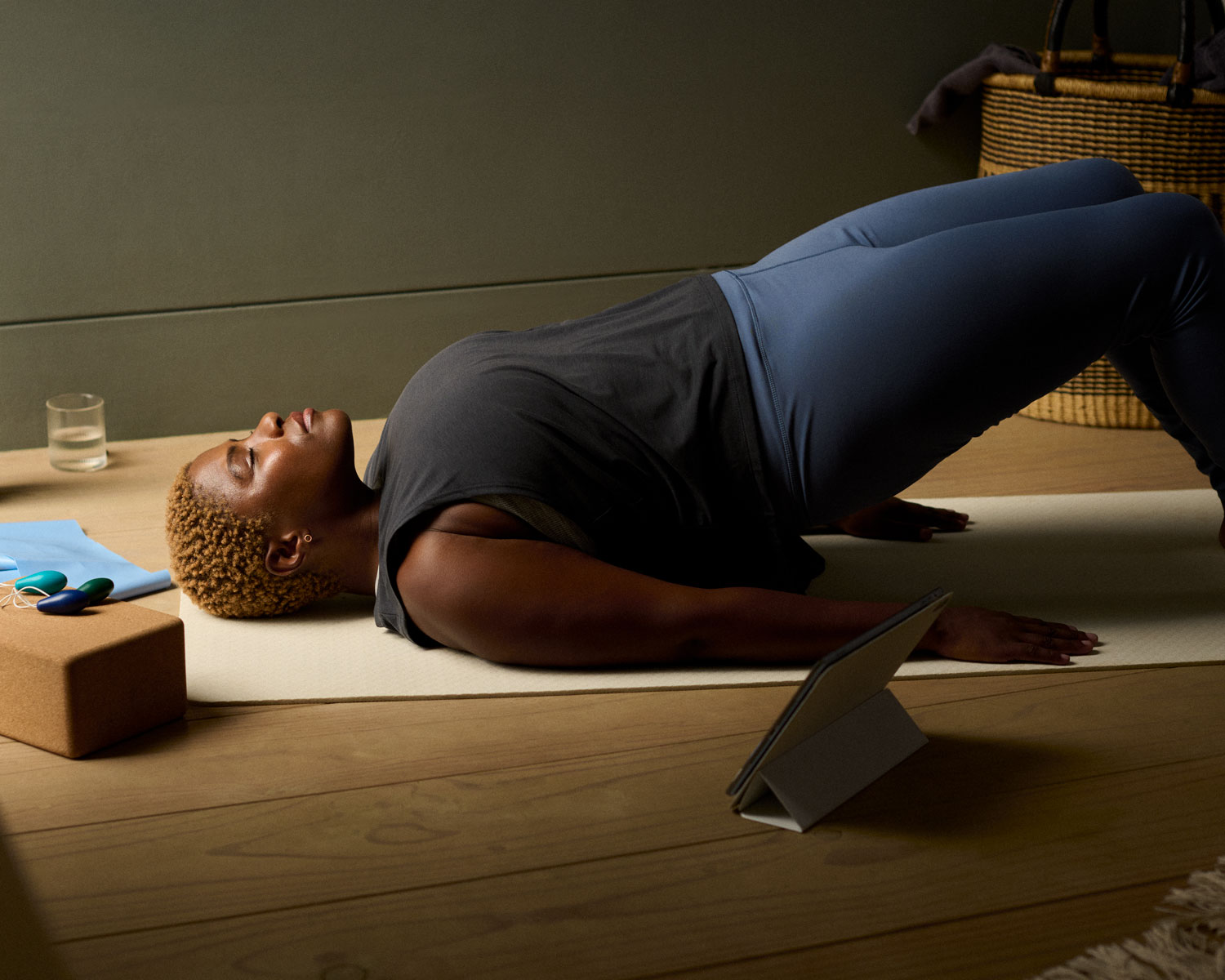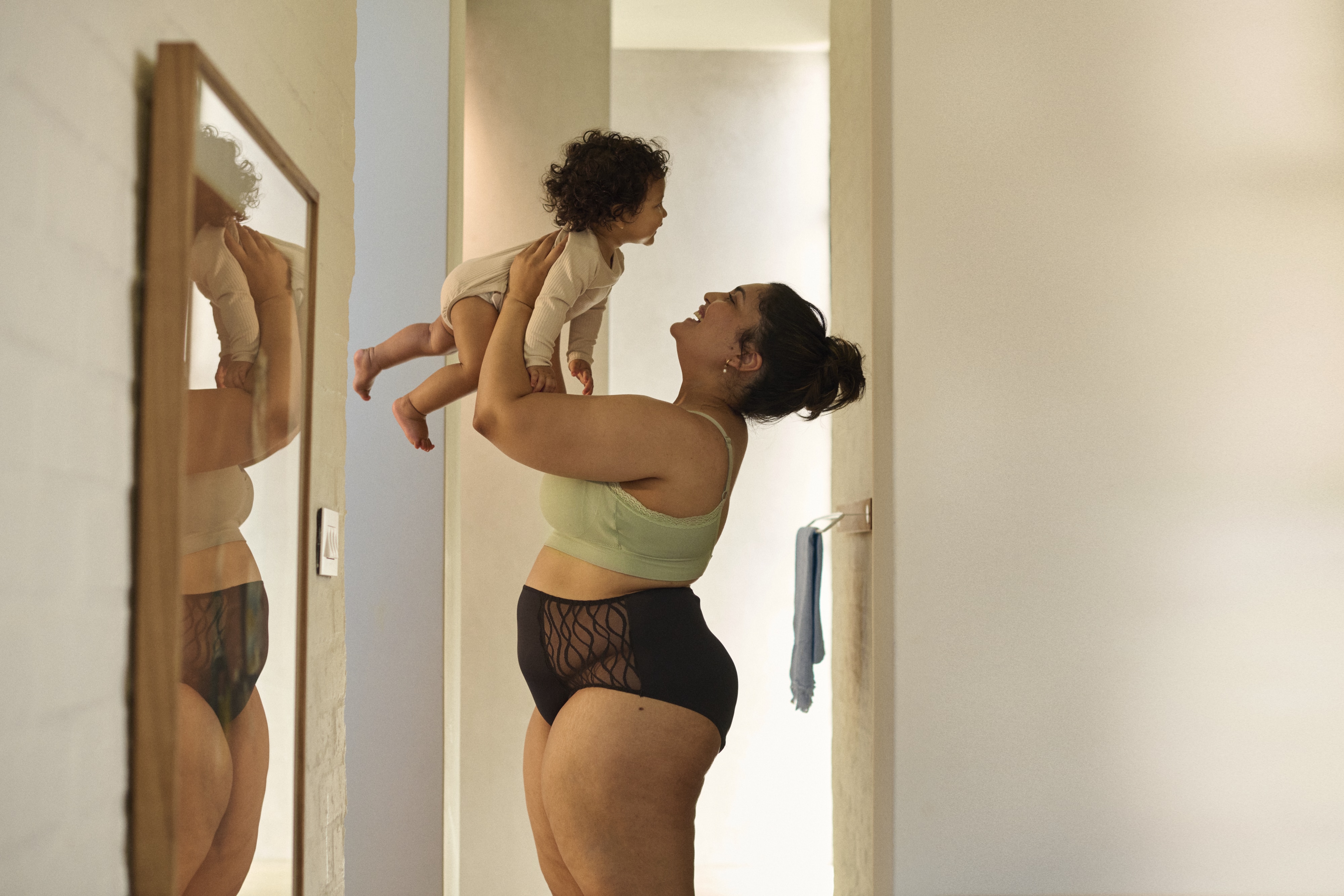Pregnancy and childbirth are among the most powerful, life-changing experiences a woman can go through. They’re filled with joy, anticipation, and transformation—but they also come with real physical changes that deserve open, honest conversation.
Pregnancy, Childbirth and Incontinence
One of those changes is bladder leakage. It’s common, and it’s nothing to be ashamed of.
During and after pregnancy, a woman’s body is doing extraordinary things, navigating bleeding, healing, and the demands of new motherhood, bladder leakage can feel like one more thing to manage.
But it shouldn’t get in the way of celebrating this monumental time. Let’s break the silence. Let’s have the conversation. Because understanding and managing bladder leakage is just another part of caring for your clients—so they can focus on what truly matters.
Why it happens
- Hormonal changes weaken pelvic floor muscles.
- Growing uterus puts pressure on the bladder.
- Childbirth trauma, especially vaginal delivery, can stretch or damage pelvic muscles and nerves.
- Assisted deliveries (e.g., forceps) and long labour increase risk
Up to 50% of pregnant women experience some form of urinary leakage
women who have given birth experience leakage
Postpartum Bleeding and Urinary Incontinence - TENA manages both
After childbirth, it’s completely normal to experience both postpartum bleeding—known as lochia—and bladder leakage. The body is healing, the uterus is shedding its lining, and pelvic floor muscles may still be recovering from the strain of pregnancy and delivery. Managing both types of fluid loss can feel overwhelming, but the right purpose made products can make a world of difference.
Purpose made pads and underwear, like TENA products, are made to handle drips and dribbles to unexpected gushes. TENA products, due to their design, can handle both blood and urine simultaneously. They also offer TENA Triple Protection to manage any leakage, odour and moisture.
Preventing Leakage
Before and During Pregnancy
- Maintain a healthy weight to reduce pressure on pelvic organs.
- Stay active with low-impact exercises.
- Eat a balanced diet to avoid constipation, which strains pelvic muscles.
- Stay hydrated to avoid irritating the bladder and also risking constipation
- Complete Pelvic floor Exercises


Pelvic Floor Exercises (Kegels)
- Identify the right muscles by imagining stopping wind from passing
- Contract for 5 seconds, then relax for 5 seconds.
- Repeat 10–15 times, three times a day.
Pelvic Floor Exercises (Kegels)
- Identify the right muscles by imagining stopping wind from passing
- Contract for 5 seconds, then relax for 5 seconds.
- Repeat 10–15 times, three times a day.

Good Bladder Habits
- Avoid “just in case” bathroom trips as this can train the bladder to want to pass urine more often
- Limit caffeine and alcohol that can irritate the bladder
- Stay hydrated, avoiding drinking can concentrate urine, which in turn will irritate the bladder giving the feeling of needing to go more often. Over time this can also ‘shrink’ the bladder, so that is holds less volume.

Minimising and Managing Leakage
Postpartum Care
- Continue pelvic floor exercises.
- Use purpose made bladder weakness products (pads, liners and pants) for comfort.
- Avoid heavy lifting and high-impact activities early on.
- Continue to drink water
Treatment Options
- Physiotherapy or Occupational Therapy with a women’s health specialist.
- Bladder training to increase control. This involves holding on for longer each time you feel the need to pass urine. This helps to retrain the bladder and pelvic floor.
- Medications or surgical options for severe cases.
Not All Absorbent Products Are the Same
What Makes Incontinence Products Different?
Purpose-made products like TENA are specially designed to handle urine leakage. They contain:
- FeelDryTM top layers that quickly absorb urine for dryness
- Advanced fibresand Super Absorbent Polymers (SAPs) that can hold up to 50 times their weight in fluid.
- SAPs that lock away moisture and odour, keeping you feeling dry, fresh, and confident.
Perfect for Postpartum Needs
- Need protection from post-childbirth bleeding and bladder leaks.
- Experience urine leakage and still menstruate.
- They’re soft, breathable, and feminine.
- They help reduce the need for frequent underwear changes due to leaks or blood staining.
- Available in low-waist black, patterned white and Crème colours.

Tips for Recommending the Right Products:
- Look for purpose made incontinence products that can manage both urine and heavier postpartum bleeding.
- Choose soft, breathable materials to reduce irritation and support healing skin.
- Start with maximum absorbency in the early days, then transition to lighter options as bleeding and leakage decrease.
- Avoid tampons or menstrual cups during the initial recovery period to prevent infection and allow healing.
With the right products, clients can feel confident, comfortable, and focused on what matters most—Their recovery and their new baby.
*Required fields
*Required fields
*Required fields











